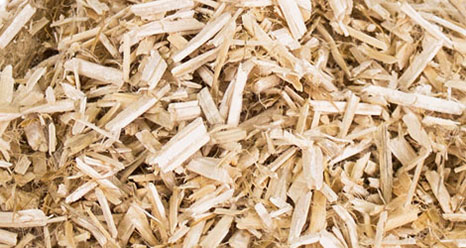| |
The Hemp stalks are
dried and broken down into two parts: thread-like fibres called the "bast"
and the inside pulp or "hurd." They have some applications in common,
yet each one has its own very individual and distinct applications as
well.
The long bark fibre from the stalks is cleaned and spun
into threads and yarn for cordage, rope, carpets, or knit or woven
into a variety of durable high quality textiles which can be used for
an endless variety of products including clothing, curtains,
upholstery, shoes, backpacks and towels.
The variety of fabrics made from Hemp range from those as tough as burlap
and denim, to cotton-like fabrics, to those as fine as silk, or as intricate
as lace. The original Leviís were made of Hemp cloth and today designer
Giorgio Armani, as well as other clothing manufacturers, is weaving Hemp
into clothes. Shoe companies are now using it in the manufacture of shoes.
Within the last few years many cottage industries, offering an amazing array
of Hemp products, have sprung up.
Hemp fabrics have added
beneficial qualities of being stronger, more insulative, more absorbent and
more durable than cotton and they donít stretch out of shape. Natural
organic Hemp fibre "breathes" and is biodegradable. It is remarkable that
Hemp will produce 1500 pounds of fibre per acre, whereas cotton will produce
only 500 pounds per acre and it is estimated that half of all agricultural
chemicals used in the US are employed in the growing of cotton.
The inner core of the
stalk or hurd contains cellulose and can be made into tree-free, dioxin free
paper. Paper made of Hemp is longer lasting than that made from trees and
because it is acid free, does not crack, yellow or otherwise deteriorate. In
turn, the paper may be used for any product that wood pulp paper is used to
manufacture including diapers, newsprint, cardboard, filters, packing,
non-woven and absorbent paper products. The long fibres from the stalks are
also used to make paper alone or in combination with the pulp. The resulting
paper utilizing the fibre is rougher, but stronger than the paper made from
the hurd alone.
Furthermore, Hemp paper
can be bleached with environmentally safe hydrogen peroxide instead of the
chlorine bleach used in processing wood pulp paper and Hemp paper requires
only a fraction of the chemicals as does paper produced from wood. Over a
20-year period, one acre of Hemp will produce as much pulp as 4.1 acres of
forestland. This is an extremely important point because today only 4% of
Americaís old-growth forest remains standing! Yet another bonus: Hemp paper
has the capacity of being recycled 7 times as opposed to the 3 times for
wood pulp paper.
Charcoal, methanol,
methane and gasoline, can be manufactured utilizing the Hemp hurds. Fuels
made of plants using a distillation process called "pyrolysis" are called
biomass fuels. Biomass fuels are clean and virtually free from metals and
sulfur, so will not produce the level of air pollution fossil fuels do.
Equally as important, burning biomass fuels will not increase the level of
carbon dioxide in the Earthís atmosphere.
|
Hemp hurds are also used
in the manufacture of non-toxic inks, paints, stains, varnishes, lubricants
and sealants, as well as industrial fabrication materials and construction
materials such as insulation, particleboard and medium-density fibre-board.
The hemi-cellulose from this part of the plant is utilized in the
manufacture of plastics such as cellophane and phenol.
The use of Hemp in
building construction is not new. In Europe Hemp has been used for
manufacturing building materials and in construction for many years. French
archaeologists made and intriguing find when they discovered old bridges
that were built with a process that mineralises Hemp stalks into a long
lasting "cement." The process requires no synthetic chemicals and the end
product, which is called Isochanvre, is gaining popularity in France. It is
used as a filler in building construction and as drywall. It is
strong, durable and acts as an insulator of heat and noise. |
|
 |
In the 1930ís Henry Ford
constructed an entire automobile body from Hemp and presently auto
manufacturers such as BMW and Mercedes are beginning to incorporate Hemp
into car bodies, door panels and dashboards.
Hemp-core chips are
useable as horse-stable bedding and, when mixed with manure, make good
compost.
The leaves and roots of
the plant also deserve mention. The Hemp plants drop their leaves when they
are mature, which reintroduces minerals and nitrogen back to the soil. Even
Hempís deep roots offer an important contribution; they anchor and aerate
the soil to control erosion and mudslides. When Hemp is used as a rotation
crop, the crops that follow it are stronger and healthier.
|
|